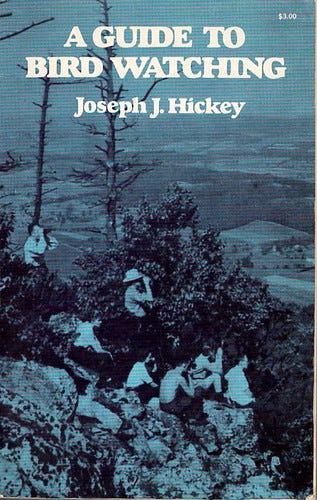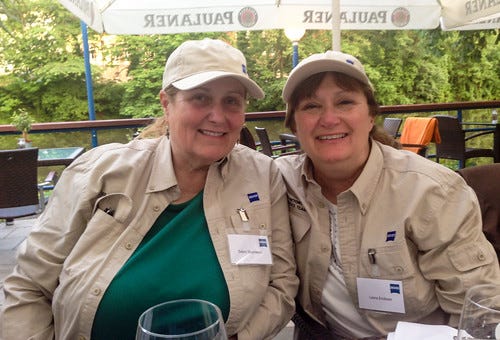When Numbers Get Serious
(Listen to the radio version here.)
When I started birding in 1975, my Peterson and Golden field guides were all I needed to solve my early identification questions, but I also checked out lots of books from the Michigan State University library.
Joseph Hickey’s A Guide to Bird Watching taught me to be systematic in keeping a life list and field notes; how to count large numbers of birds on the ground, in the water, or in flight; that there were lots of ornithological mysteries out there so careful observation was very important; and why it was critically important for the long-term survival of birds to support ornithological and conservation organizations, financially and by volunteering.
I considered myself a lister from the start because Hickey emphasized keeping track of all my sightings. When I read somewhere about the “600 Club”—not a real club but simply the birders who had brought their life lists up to 600 species in North America north of the Mexican border—I got it into my head that 600 would be a fun goal to shoot for. But 600 seemed like a lifetime achievement kind of thing, nothing I wanted to work for when I was so busy savoring every bird I was seeing right there in Michigan, then Wisconsin, and then Minnesota, with trips to other places no more than once or twice a year.
But little by little, my life list grew. I hit 500 in North America before I was 40, and 600—that magic number—at some point during my Big Year in 2013, but by then the number had become so unimportant to me that I didn’t even notice when I achieved it. That was my life list, not my Big Year total, which fell several species shy of 600, but I wasn’t paying much attention to that, either. To jog my memory, I just now looked it up on the American Birding Association’s Listing Central to see that it was 593—the only number I’ve ever posted on the ABA site, and only because the total is so much of what a Big Year is all about.
Of all the people who reported their 2013 Lower-48 Big Year lists to ABA, I was in 2nd place. That was the year Neil Hayward smashed so many records. Of course, other people may have seen more birds in 2013 than I did but didn’t post their total on Listing Central. I was in 6th place for all the Lower-48 Big Years up to and including 2013, but since then, Big Years have grown in popularity and just 10 years later, I’m in 39th place. Depending on how you look at it, my 593 total has a lot of meaning or none whatsoever.
The goal posts in birding have moved as technological improvements in communications and transportation have made it possible for birders—at least ones who can afford it—to hop a jet the moment a rare vagrant appears somewhere. Debi Shearwater and then others made it easy for a great many people to schedule pelagic trips to reach the best places to see species impossible to find from shore. And birders exploring the continent from the Pribilof Islands to the Dry Tortugas in search of vagrants keep adding to the number of species seen on the continent, ironically during the same decades that the total number of individual native birds has dramatically declined.
In 2016, three years after I got my ABA life list up to 600, the ABA started letting birders include species they’d seen in Hawaii on their North American lists, and instantly my life list jumped to over 700 thanks to a family vacation we’d taken in back in 2000. I’m pleased with that rule change, an excellent strategy to get more birders interested in learning and caring about Hawaii’s critically endangered native avifauna. But that made my suddenly having over 700 species in the ABA area seem anticlimactic.
Last year, when I was entering all the birds I’d seen in Alaska, I noticed that my continental list (the ABA list excluding Hawaii) had reached 694. Just six species and I’d achieve what had once seemed an impossible goal for the old ABA area: 700! And a single trip to South Florida would do it. But dealing with Miami traffic to get to places like the Old Biltmore Hotel building in Coral Gables just to see some introduced species? I’m intimidated by Florida traffic, and as much as Russ loves accompanying me to beautiful wild places, including the Everglades and some quiet spots in the Keys, birding in these non-natural places was an adventure he had no stomach for. So we decided that for the first and last time in my life, I’d take an expensive birding tour led by a professional birding guide for no other reason than to build up my life list, and I signed up for Victor Emanual’s South Florida and the Keys birding tour. Would I achieve my silly numerical goal? And, more importantly, would it be worth it?







